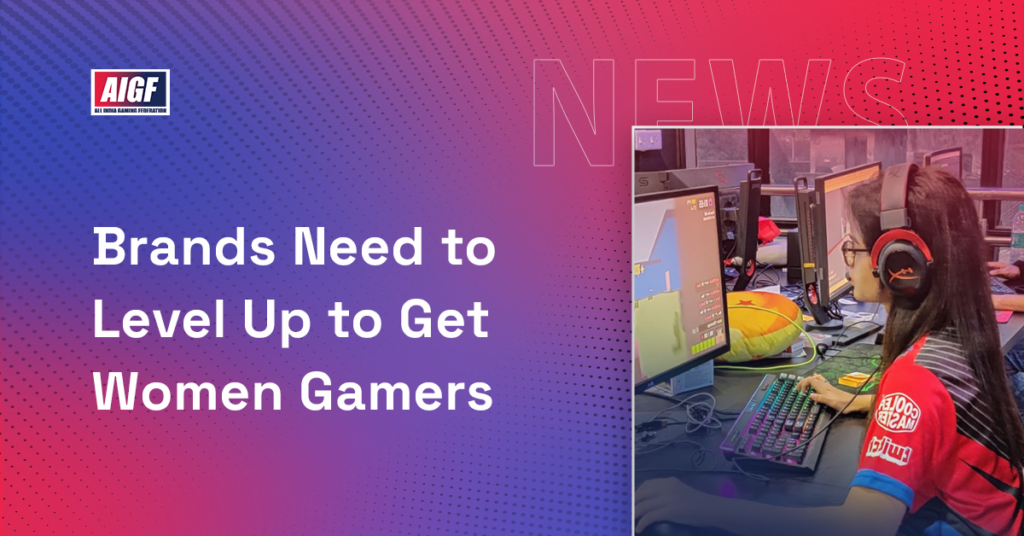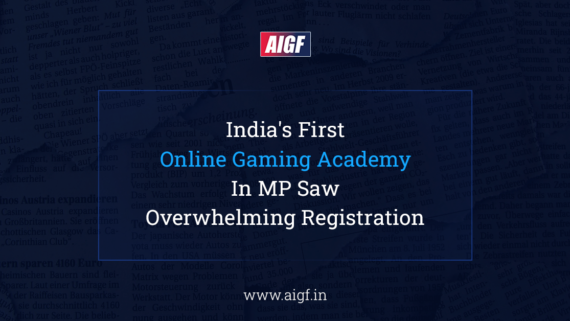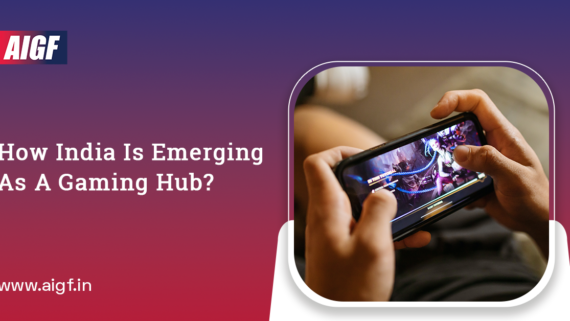“Women are progressively entering the gaming business by participating in genres like real-money skill-based games, esports, and casual games. While there is a noticeable ascent of female players participating in major esports competitions everywhere, different types like RMG (real-money gaming) have likewise provided the sector with an ensemble of pro-gamers like Muskan Sethi, Nikita Luther, and a lot more who have been addressing India on a worldwide platform,” says Roland Landers, CEO of All India Gaming Federation (AIGF).
Brands Need To Level Up To Get Women Gamers
Video game streamer and content maker Magsplay, also known as Mansi Gupta, spent around 6-7 hours playing games, for example, PUBG during the lockdown, and in the end, chose to begin her channel, which is a combination of video gaming and lifestyle content. Magsplay has collaborated with enormous brands like Dell, Realme, fintech brands, and global gaming publishers.
“As of late, there has been a great deal of revenue from brands towards female gamers, and they need female portrayal in their marketing campaigns. In any case, 10-20% of crowds have a bias towards women playing games,” she tells Storyboard18.
Gupta is among the top female gamers in India alongside streamers like Monika “Sherlock” Jeph, Shagufta “Xyaa” Iqbal (streamer and female game developer), Shazia Ayub (Mysterious YT), Pooja Khatri, and Saloni Panwar (prominently known as Meow16k).
Because of the monstrous flood of female gamers lately, which is additionally emphasized by the Covid-19 pandemic, women are quickly taking over numerous roles in the online gaming industry like gamers, streamers, game makers, and entrepreneurs, making it a more diverse and comprehensive environment.
As per the report released by EY in 2022, women gamers increased by 18% in 2021 and are supposed to increase by 20% before the end of 2022.
“Women are progressively entering the gaming business by participating in genres like real-money skill-based games, esports, and casual games. While there is a noticeable ascent of female players participating in major esports competitions everywhere, different types like RMG (real-money gaming) have likewise provided the sector with an ensemble of pro-gamers like Muskan Sethi, Nikita Luther, and a lot more who have been addressing India on a worldwide platform,” says Roland Landers, CEO of All India Gaming Federation (AIGF).
Upsurge in demand
Sooraj Balakrishnan, head of marketing, Acer, lets Storyboard18 know that throughout recent years, they have seen numerous women spending more time in gaming because of work from home (WFH) and hybrid work. They first start on cell phones and, afterward, change from mobiles to PCs when they need to treat gaming more seriously.
“The average spend by female consumers with regards to gaming PCs is between Rs 80,000 and Rs 1 lakh when they need to treat gaming more in a serious way. There is likewise optional pay and simple funding to make this sort of procurement to a lesser degree a burden. We have likewise seen double-purpose use of gaming PCs at a more entry point of Rs 55,000 where they use it for school and other uses while gaming at leisure time,” he notes.
Acer organized an elite tournament for women in its flagship Predator Gaming League tournament last year.
Different gaming distributors, video gaming streaming, and esports platforms have likewise seen a consistent flood of female gamers.
Rohit Raj, Co-Founder, COO, EsportsXO, says that the proportion of male to female gamers was lower; thus, this has been changing, and the proportion is presently 20%.
“To lift the status of female gamers in our tremendous community, EsportsXO is working on engaging IPs that will spin around and celebrate female gaming in India,” he adds.
Live community gaming platform Tamasha Live said that it has more than 1,600 female game hosts and 3 lakhs female gamers on the platform who mostly play casual board games (Ludo), and community games (Tambola). More than 50% of dynamic hosts are female, yet around 30% of gamers are female, with the last option outperforming male hosts in building and drawing in networks on the platform.
“We, as of now, don’t have ways of allowing anybody to adapt through brand collaborators on the platform. However, we are wanting to fabricate devices in the future where women makers can have marked competitions and adapt through brand collaborators. They would likewise have the option to stream their competitions on YouTube or some other social platform,” says Saurabh Gupta, co-founder and CEO, of Tamasha Live.
As of now at the beta stage, a social networking platform for esports fans and gamers, Qlan, as of now, has 9% of its total gamer base as women.
“We’ve contributed a significant opportunity to separate and figure out female gamers from the center. The initial step will be to fabricate a community of female gamers on Qlan, helping open them to a bigger range of opportunities on Qlan, guarantee higher disclosure of these female gamers, and engage them to clear their way in the gaming and esports industry,” says Sagar Nair, co-founder, and CEO, Qlan, The Gamer’s Social Network.
Brand collaborations
With high commitment, brands are following female gamers also.
Pranav Panpalia, the founder of influencer marketing agency OpraahFx, explains that on average, a main female gamer sees around 8–14% of commitment on their YouTube videos.
“A female gamer with about 500,000 subscribers on YouTube would charge about Rs 3–5 lakh for an integrated video. Female gamers underwrite brands from gaming to tech, consumer goods to fast food, and finance to individual consideration. Individuals have a stereotype that a female gamer would sell female-explicit items, but no. Most of their followers are males, and they have a fair proportion of females. Thus, female gamers like to advance brands and items for both,” he adds.
OpraahFx is working with a couple of aspiring gamers and helps them with game preparation, content strategy, and partnerships with bigger gamers and brands.
Rohit Agarwal, founder and director of Alpha Zegus, a marketing agency that works in the domains of gaming and lifestyle, shares that on Instagram, female gamers are driving the equivalent or more commitment than their male partners, since they bring an ideal mix of gaming and lifestyle correspondence to the content they put out.
“Not exclusively are female gamers coming comparable to male gamers concerning endemic brands, however, a great number of non-endemic brands (like L’Oreal, Maybelline, Tinder, and so on) are seeing the benefit of teaming up with female gamers, and are investing big in them,” he notes.
Key difficulties
Although the Indian esports scene is dramatically developing, there is, by all accounts, an absence of an administrative structure to address grievances of harassment and unfortunate behavior faced by female gamers. While platforms guarantee that they in all actuality do have in-constructed innovation to forestall any such events, they can suspend as well as disqualify the blamed player’s account or user content or confine their participation in such occasions, assuming the issues are raised on the platforms.
“In this way, without any particular provisions or rules, these gaming platforms fall under the ambit of Internet Intermediaries and Digital Media platforms, subsequently expected to consent to the IT (Intermediary Guidelines and Digital Media Ethics Code) Rules, 2021, consequently appointing a grievance officer to address the complaints of the users in an unambiguous way and timeline,” says Santosh Vikram Singh, partner – IP and Sports Law, Fox Mandal, and Associates. He adds, “Moreover, the other reasonable solution for the victims is to start a criminal complaint against the culprit under the Information Technology Act 2000 and the Indian Penal Code, 1860.”
Credit: CNBC TV18











Comments
Comments are closed.